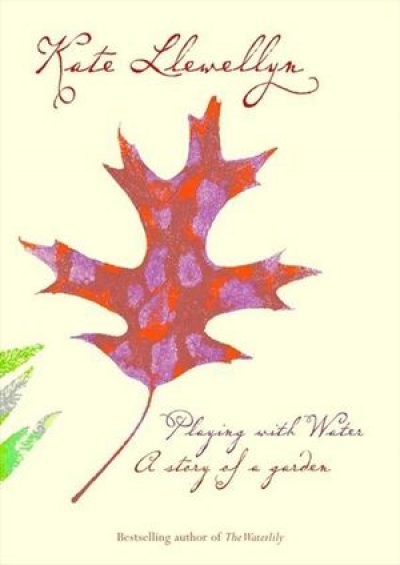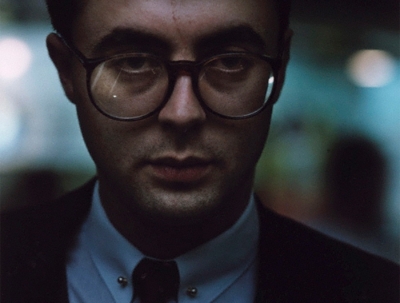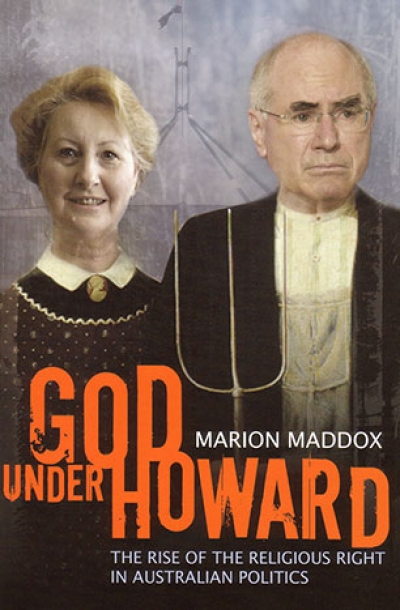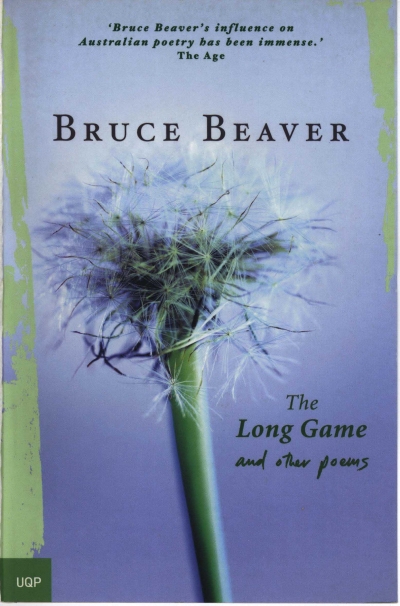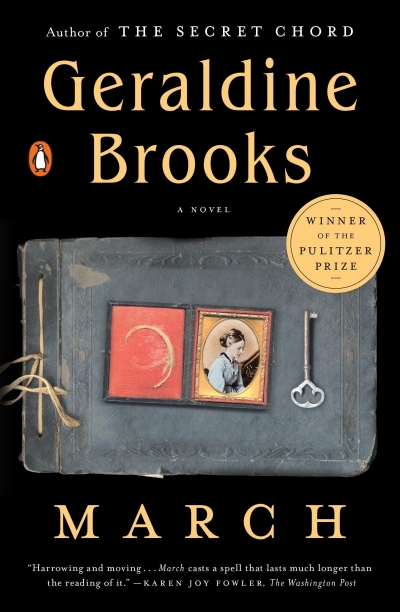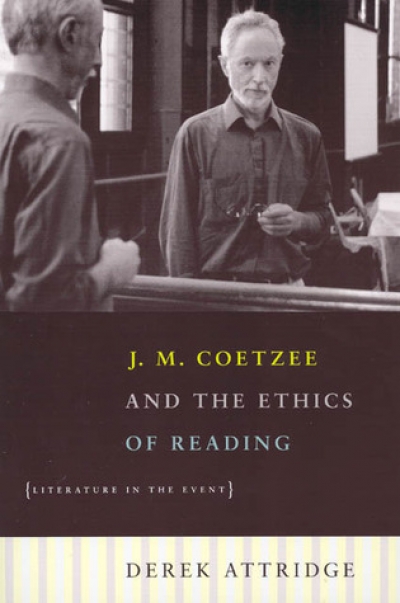Archive
Tales Of Two Hemispheres: Boyer Lectures 2004 by Peter Conrad
The late Susan Sontag suggested that the photograph ‘offers a modern counterpart of that characteristically romantic architectural genre, the artificial ruin: the ruin which is created in order to deepen the historical character of a landscape, to make nature suggestive, suggestive of the past’. On viewing the retrospective exhibition Bill Henson: Three Decades of Photography, which was organised by the Art Gallery of New South Wales and is now at The Ian Potter Centre: National Gallery of Victoria Australia (NGVA), this familiar idea of the photograph as memento mori struck me as peculiarly apposite. Although the experience of Henson’s photographs is not quite the eighteenth-century one of sighing over ruins, the tone of the exhibition is distinctly melancholic, something like a syncopated elegy in pictures.
... (read more)Imagining Australia: Literature and culture in the new new world edited by Judith Ryan and Chris Wallace-Crabbe
God Under Howard: The rise of the religious right in Australian politics by Marion Maddox
In ABR's seventh 'Poem of the Week' Stephen Edgar discusses and reads his poem 'Man on the Moon'.
... (read more)J.M. Coetzee And The Ethics Of Reading: Literature in the event by Derek Attridge
For there is always going on within us a process of formulation and interpretation whose subject matter is our own selves.
These words appear towards the end of Erich Auerbach’s study of representation in Western literature, Mimesis. First published in 1946, the book has become a classic of twentieth-century literary criticism, but is almost as famous for the circumstances under which it was composed as for its content. It was written between 1942 and 1945 in Istanbul, where Auerbach, a German Jew, was living in exile.
... (read more)
